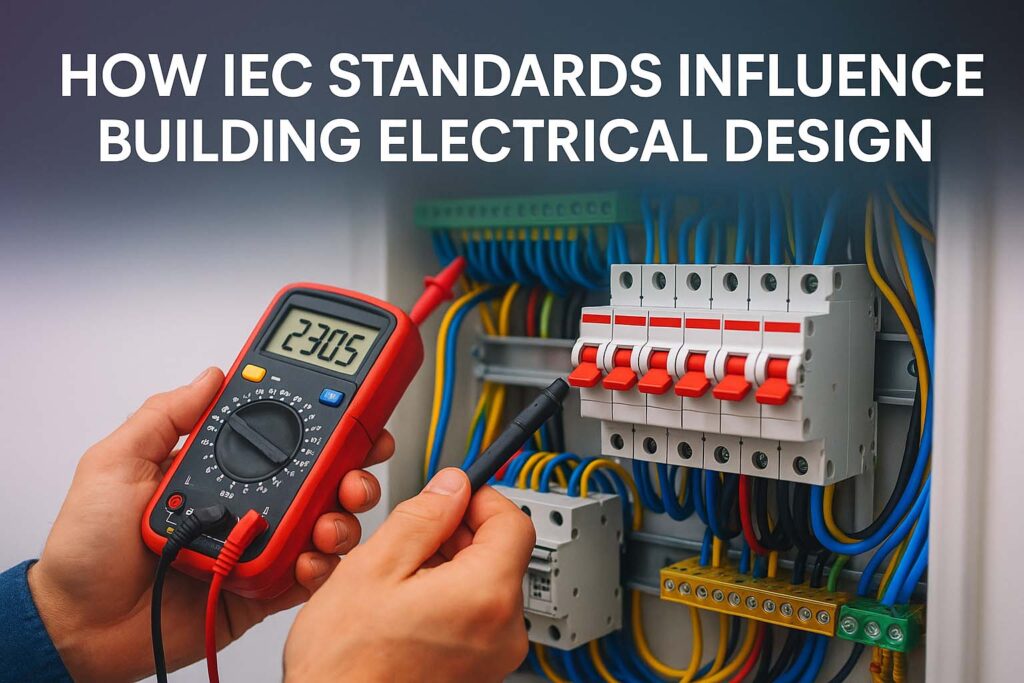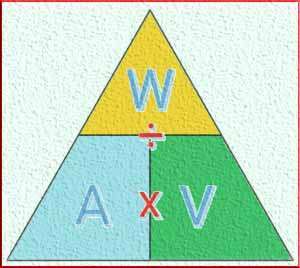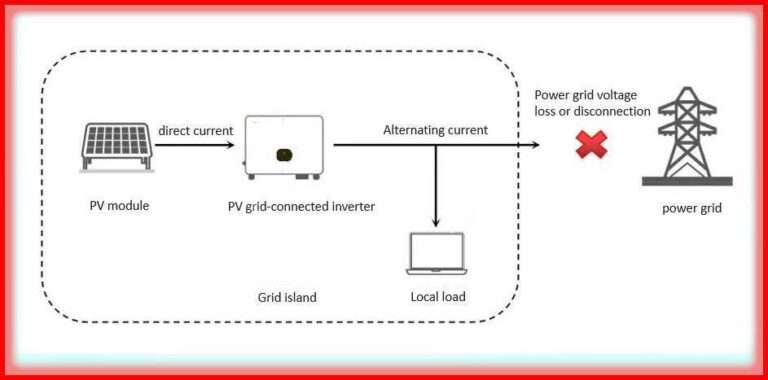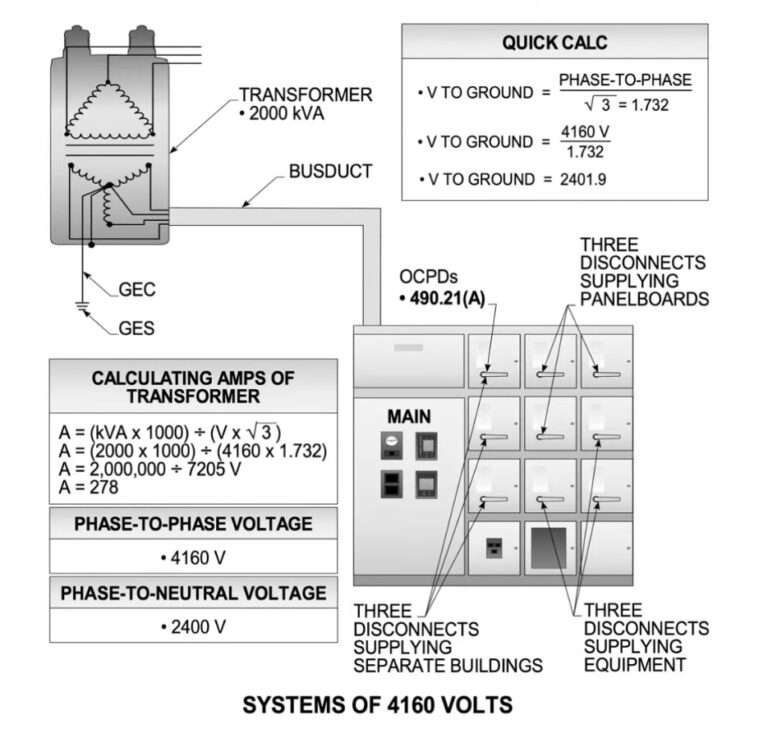How IEC Standards Influence Building Electrical Design
In modern construction, building electrical design plays a critical role in ensuring safety, reliability, and efficiency. One of the cornerstones of this discipline is compliance with International Electrotechnical Commission (IEC) standards. These globally recognized standards influence nearly every aspect of electrical system planning, from wiring methods to protection schemes. By aligning electrical design with IEC guidelines, professionals can deliver systems that are not only safe but also performance-optimized and future-proof.

The impact of IEC standards on building electrical design cannot be overstated. They shape the way engineers select components, plan circuit arrangements, and ensure compatibility with renewable energy sources. Moreover, following these standards fosters trust among stakeholders and guarantees legal compliance across many countries.
Why IEC Standards Matter in Building Electrical Design
IEC standards are developed by experts from around the world. Their goal is to ensure consistent safety and quality in electrical systems. For building electrical design, this means adherence to well-established norms that cover everything from conductor sizing to system earthing.
For instance, IEC 60364 provides comprehensive guidelines for electrical installations in buildings. It helps designers minimize risks related to electric shock, fire, and system failure. By using IEC 60364 as a reference, designers create systems that meet international best practices.
Following IEC norms also makes maintenance easier. When designs are standardized, technicians can quickly understand layouts, troubleshoot issues, and replace components. This is especially important in commercial or industrial buildings where downtime can be costly.
Key IEC Standards Used in Building Electrical Design
Understanding which IEC standards apply to building electrical design is essential. Below is a list of the most commonly used ones along with their functions:
| IEC Standard | Scope of Application in Building Electrical Design |
|---|---|
| IEC 60364 | General requirements for electrical installations in buildings |
| IEC 61439 | Design and testing of low-voltage switchgear and controlgear assemblies |
| IEC 60947 | Rules for low-voltage switchgear components |
| IEC 61000 | Electromagnetic compatibility requirements |
| IEC 60204 | Safety of electrical equipment in industrial settings |
| IEC 60529 | Degrees of protection (IP codes) for enclosures |
These standards offer a structured approach to everything from wiring design to equipment selection. For example, IEC 60529 helps determine suitable enclosures for wet or dusty environments, which is vital in building electrical design for factories or outdoor installations.
How IEC Standards Shape Electrical Wiring Design
Wiring is the backbone of any electrical installation. IEC standards play a major role in ensuring correct conductor sizing, insulation types, and routing techniques. IEC 60364-5-52, in particular, provides detailed guidelines on current-carrying capacity and voltage drop.
One of the key aspects is conductor selection. IEC outlines how to choose the correct wire size based on load, temperature, and installation method. Undersized conductors may overheat and cause fire, while oversized ones lead to unnecessary cost.
The standard also addresses routing and segregation. In commercial buildings, separating data cables from power cables reduces electromagnetic interference. This is covered under IEC 61000, which promotes electromagnetic compatibility.
Earthing and bonding practices are also defined in detail. Proper earthing ensures that any fault current is safely directed into the ground, protecting both equipment and occupants.
Role of IEC Standards in Switchgear and Panel Design
Switchgear forms the heart of building electrical systems. The IEC 61439 standard provides rules for the design, construction, and testing of low-voltage panels. It mandates rigorous checks like temperature rise testing, dielectric strength, and short-circuit withstand capacity.
In building electrical design, this ensures that panels operate safely under both normal and fault conditions. Standardized testing also makes it easier to evaluate quality across different manufacturers.
Moreover, IEC-compliant panels improve coordination with protective devices. This ensures selective tripping, where only the faulted section of the network is isolated, preventing entire building blackouts.
Impact on Energy Efficiency and Load Management
Energy efficiency is becoming increasingly important in building electrical design. IEC standards such as IEC 60364-8-1 help designers incorporate energy-saving strategies. This includes load balancing, demand management, and integration with building management systems (BMS).
One practical example is the use of automated lighting systems. According to IEC guidelines, these can be controlled via motion sensors or timers, drastically cutting energy use in large buildings. Load calculations also factor in diversity and demand factors to size systems more accurately, avoiding overspending on oversized infrastructure.
Additionally, when integrating solar systems or other renewables, IEC standards such as IEC 61727 and IEC 62548 guide the design process. They ensure compatibility, safety, and efficient energy flow between the solar source and building loads.
Protection Systems as per IEC Guidelines
Every building electrical design must include provisions for protection against faults. IEC 60364 defines various protection measures like circuit breakers, residual current devices (RCDs), and surge protection devices (SPDs).
The standard clearly outlines how to select these devices based on fault current levels, system configuration, and building type. For example, in residential buildings, RCDs are a must for socket outlets to prevent electric shock. In commercial setups, SPDs protect against lightning and switching surges.
Here’s a comparison of protection devices recommended under IEC:
| Device | Protection Provided | IEC Reference |
|---|---|---|
| MCB | Overload and short-circuit | IEC 60898 |
| RCD | Earth fault and electric shock | IEC 61008, 61009 |
| SPD | Voltage surges | IEC 61643 |
Following these guidelines ensures a layered protection system, which reduces the risk of fire and injury.
Influence of IEC Standards on Electrical Safety
Safety is perhaps the most critical area influenced by IEC standards in building electrical design. The standards offer a risk-based approach to identify and mitigate potential hazards. This includes safe distances, insulation coordination, and fault-loop impedance measurements.
For example, IEC 60364-4-41 specifies maximum disconnection times for protective devices to ensure that fault currents don’t persist long enough to cause harm. Similarly, guidelines on safe installation zones prevent cables from being damaged during renovation or wall drilling.
Following IEC standards during the design phase also makes buildings more compliant with local electrical codes, many of which are based on or aligned with IEC.
Enhancing Inspection and Testing Procedures
IEC standards don’t just guide the design—they also shape how installations are tested. Pre-commissioning inspections, insulation resistance tests, and loop impedance checks are all detailed under IEC 60364-6.
These procedures ensure that the electrical installation performs as expected before it is handed over. Periodic testing guidelines also promote long-term reliability and help identify deterioration early on.
Testing under these standards boosts client confidence. It also serves as documented proof that the system was built according to internationally accepted norms.
How IEC Standards Support Future-Proofing of Electrical Design
Technology in buildings is evolving rapidly. From smart meters to EV chargers, new devices are being added regularly. IEC standards ensure that building electrical design accommodates this evolution.
Designers are encouraged to leave spare capacity in panels, plan for modular expansions, and incorporate communication-ready devices. IEC 61850, for example, allows integration with digital communication systems, setting the stage for smart buildings.
By future-proofing with IEC guidelines, engineers save time and cost on retrofitting. It also ensures continued safety and performance as building requirements change.
Conclusion: Building Electrical Design Is Stronger with IEC Standards
Incorporating IEC standards into building electrical design brings multiple benefits. From enhanced safety and compliance to better efficiency and scalability, the value of these standards is undeniable. They serve as a global language for electrical systems, enabling consistency across projects and regions.
Professionals involved in building electrical design—whether engineers, contractors, or consultants—should consider IEC compliance not just as a requirement, but as a foundation for excellence. By doing so, they deliver systems that are smart, safe, and sustainable.
For related topics, you can also explore our guide on Differential Relay Setting Calculation for Transformer and understand how protection coordination complements building design. Or dive into Bus Differential Protection Calculation to see how IEC standards impact complex electrical protections in larger infrastructures.
Follow Us on Social:
Subscribe our Newsletter on Electrical Insights to get the latest updates in Electrical Engineering.
#IECStandards, #ElectricalDesign, #BuildingSafety, #ElectricalEngineering, #IEC60364, #CodeCompliance, #ConstructionStandards, #ElectricCode, #BuildingDesign, #SafeWiring, #IECGuidelines, #ElectricalPlanning, #StandardizedDesign, #ElectricalInstallations, #EngineeringCompliance





